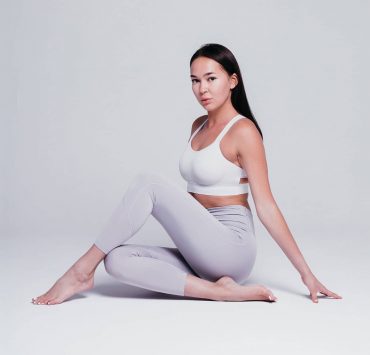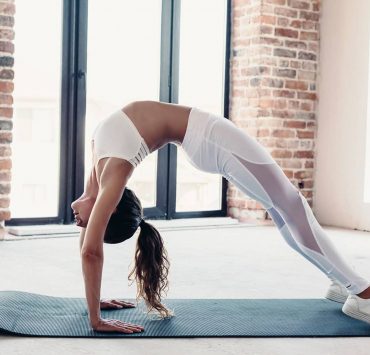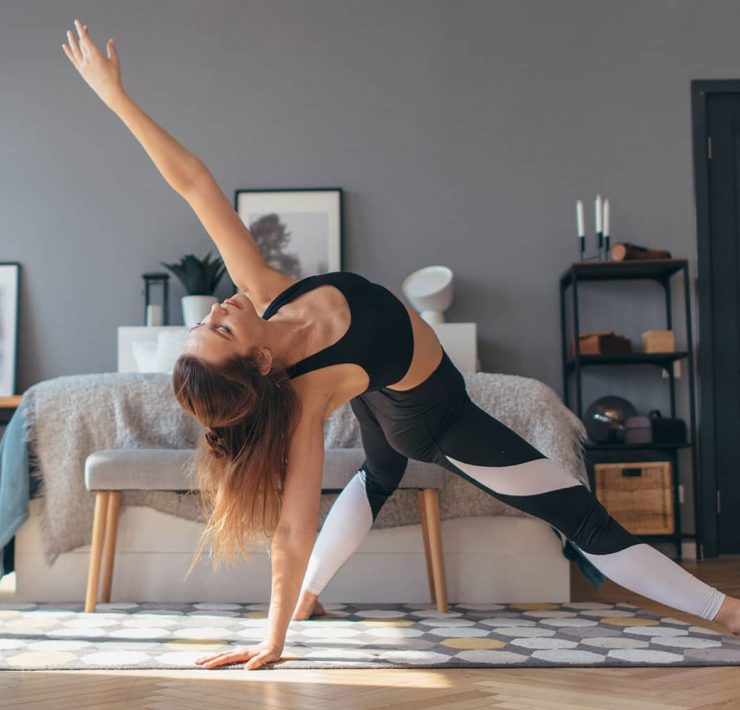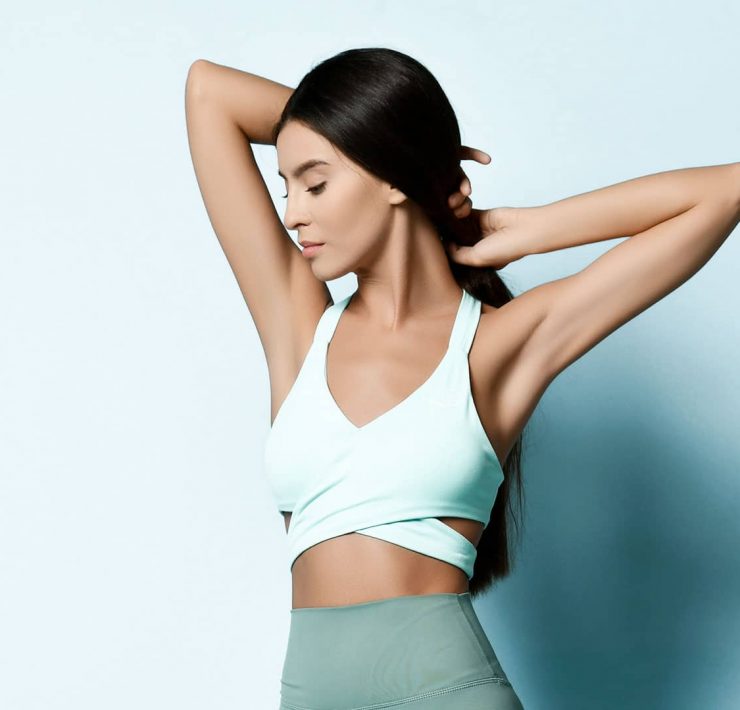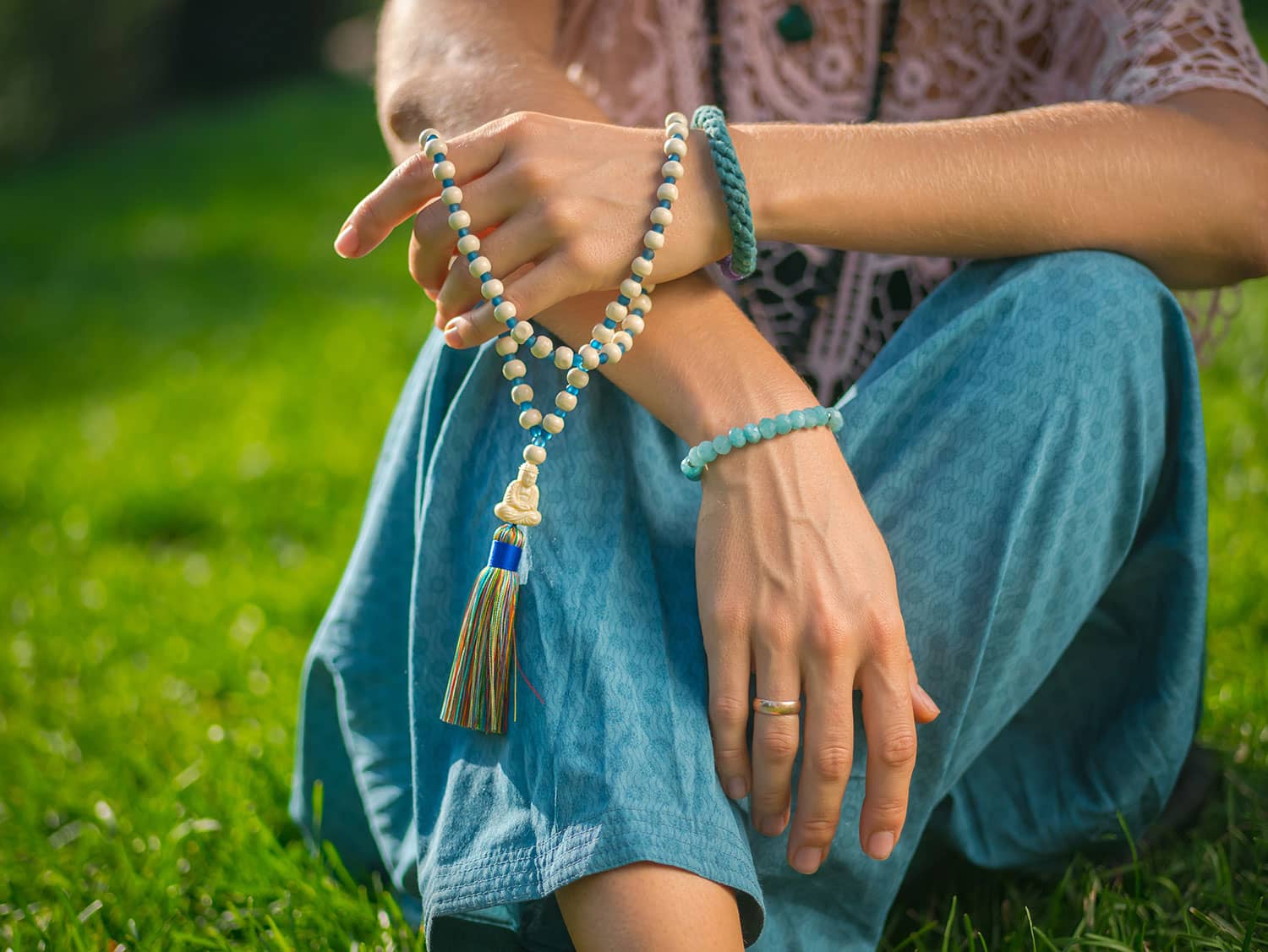
Former nutrition specialist Alexandra Mackenzie knows what it means to…
There are so many types of Yoga out there. It can be intimidating to figure out which style is right for you.
You’ve probably heard of both Hatha and Vinyasa yoga. But what’s the difference between these 2 popular forms of movement?
Let’s first cover what Hatha Yoga is. We will go over the history, the typical class structure and the benefits of this practice. We will do the same for Vinyasa Yoga by running through the history, class structure and benefits.
Once, you’re familiar with both, let’s compare! See what makes them similar and their differences.
What is Hatha Yoga?
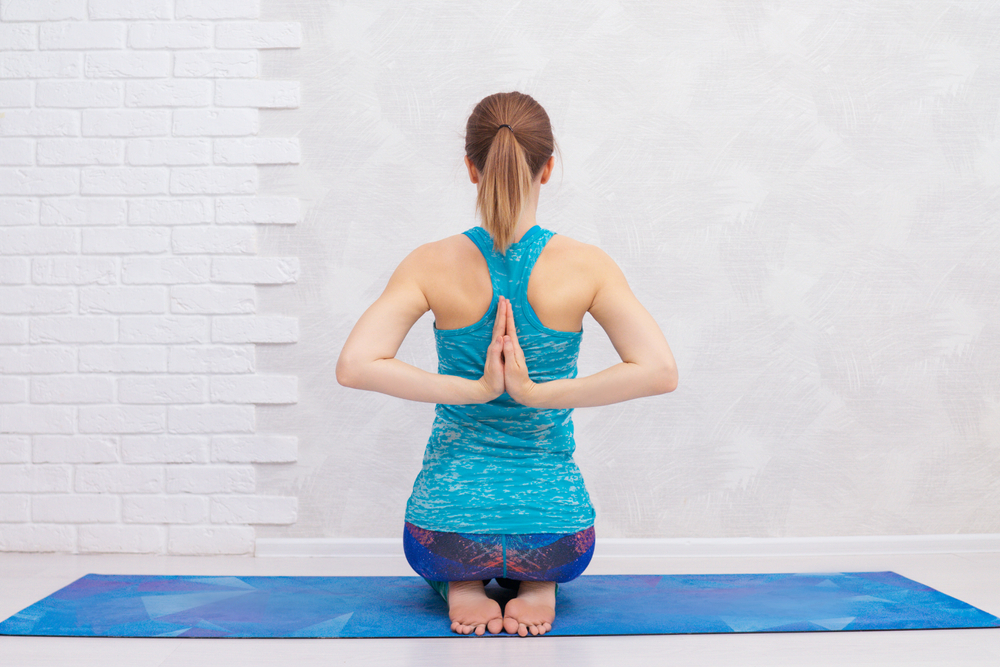
Hatha is an umbrella term for any type of yoga that balances and emphasizes and balances 2 components of the 8 limbs of yoga. Because of this, it infuses elements from various other yoga styles.
The 8 limbs of yoga are recognized in Patanjali’s Yoga Sutra. These limbs are an eightfold path on how to live a purposeful and meaningful life. They are:
- Yama: your ethical standards and integrity. Relate this to the Golden Rule: “Do unto others as you would have them do unto you.” There are 5 yamas.
- Niyama: your self-discipline and spiritual observances. There are 5 Niyamas as well.
- Asana: the body postures practiced in yoga.
- Pranayama: your breath control.
- Pratyahara: withdrawal or sensory transcendence.
- Dharana: concentration.
- Dhyana: the uninterrupted flow of concentration.
- Samadhi: the state of ecstasy.
The 2 limbs we’re going to focus on here are the third, Asanas, the physical postures and the 4th, Pranayama, breath control.
Asana is a Sanskrit word meaning “seat”. Originally, it was referring to the seated pose typically used for meditation. Hatha yoga extended the definition to include all body postures.
Pranayama is a Sanskrit word used to describe yogic breathing techniques. If you break it down, “prana” is your life force, it’s the breath that sustains your body. “Ayama” means to draw out or extend”.
The word Hatha in Sanskrit means “willful” or “forceful”. This refers to a set of postures that align your entire body, from your skin to your muscles, to your bones. The postures are designed to open the channels of the body, specifically, your spine.
If you want to break the word down further, you have “ha” which means sun and “tha” which means moon. Hatha refers to the balance of your masculine, the sun with your feminine, the moon. This type of yoga creates balance and unites opposites. The goal of this type of yoga is to discover and experience the Universal spirit within.
Hatha focuses on diet, purification processes, Pranayama, and Asanas.
This practice develops your strength, flexibility, body relaxation, and mental concentration. The “true goal” is to “awaken the dormant energy (shakti) of Shiva that animates the subtle body but is concealed behind the gross human frame”. More on Shiva later.
This energy is contained in your chakras. Chakra is Sanskrit for wheel or circle. There are 7 in your body. Each has its own color and associated verbs. Starting from the bottom and working your way up, they are:
- Root Chakra, Red, I have and I am
- Sacral Chakra, Orange, I feel
- Solar Plexus Chakra, Yellow, I can and I do
- Heart Chakra, Green, I love
- Throat Chakra, Blue, I speak
- Third Eye Chakra, Indigo, I see
- Crown Chakra, Violet, I know and I understand
Through suppression of mental and physical activity, the feminine shakti can rise through the chakras to unite with the masculine Shiva in the top chakra. This union is enlightenment and immortality.
If you follow these steps closely, you can reach high levels of mental awareness and health.
History
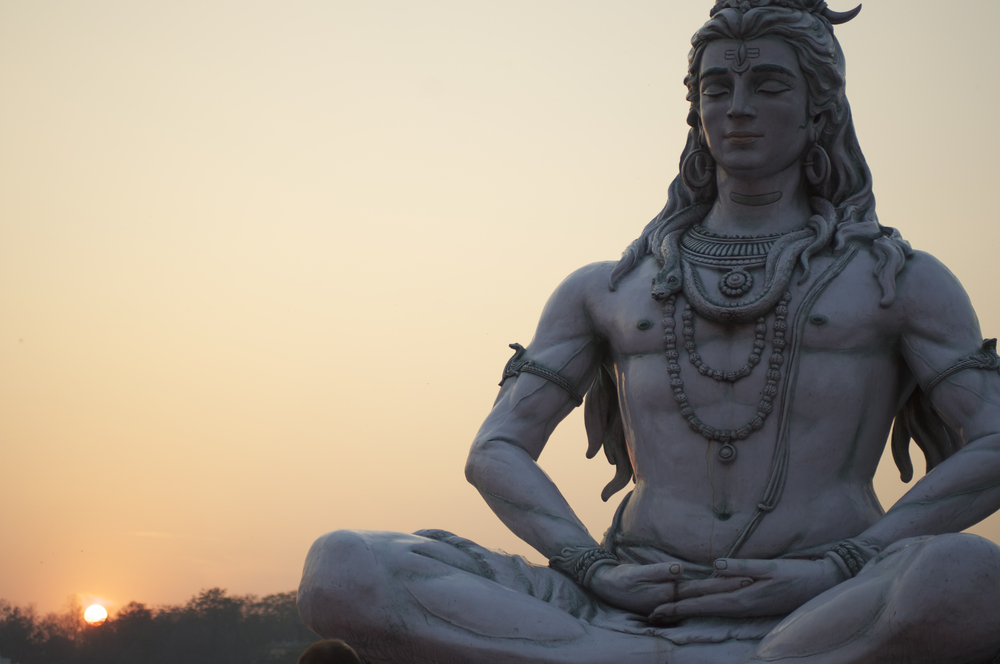
The legend of Hatha yoga is that it was created by Shiva, the 3rd Hindu god of the triumvirate whose role is to destroy the Universe to rebuild it. He was on a lonely island and gave the knowledge to Parvati assuming no one could hear him. The discourse was overheard by a fish who remained still throughout.
The fish later became a wiseman known as Matsyendranath. He then taught Hatha Yoga to his 2 disciples, Gorakshanath and a limbless man named Chaurangi. The practice was then passed down from gurus to their disciples.
Hatha yoga breathing techniques can be traced back to Buddhist and Hindu texts in the 1st Century. Classical Hatha yoga was developed in the 15th Century and provided guidance on asanas, pranayama, mudras (hand gestures), and meditation. All aiming for spiritual growth.
Hatha was brought to the United States by Swami Vivekananda in 1893. Yogis combined the asanas into a flowing physical practice in the 1920’s.
In the 1950s, Hatha was introduced to millions on a popular television program called “Yoga for Health” by Richard Hittleman.
Class Structure
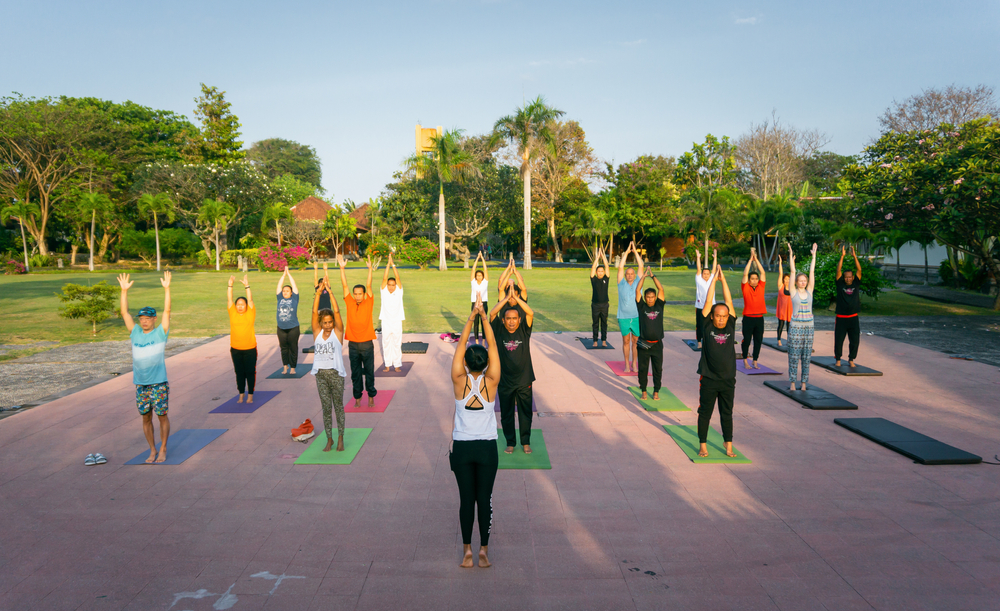
Each Hatha yoga class will vary by instructor. They are typically 45 to 90 minutes long and start with a gentle warm-up and Pranayama.
You will continue to focus on your breath throughout the entire class.
After the warm-up, you’ll move into the physical postures to improve your balance, flexibility, and strength. These poses will range in difficulty from laying on the floor to the more physically challenging, like arm balances and handstands. Your instructor will provide modifications throughout the entire class as needed.
Lastly, the class will end with a period of quiet reflection. This can take place in Savasana, Corpse Pose, with a guided meditation and/or Tibetan singing bowls.
Benefits

Hatha yoga has a variety of benefits. It can reduce stress, depression symptoms, increase joint and muscle flexibility, and enhance core strength.
But it doesn’t stop there!
This practice builds mobility, strength, stability, balance, and proprioception. It stimulates your immune system, reducing inflammation and inflammatory disease, and improving sleep quality. Mentally, it develops discipline and self-control while decreasing anxiety and stress.
What is Vinyasa Yoga?
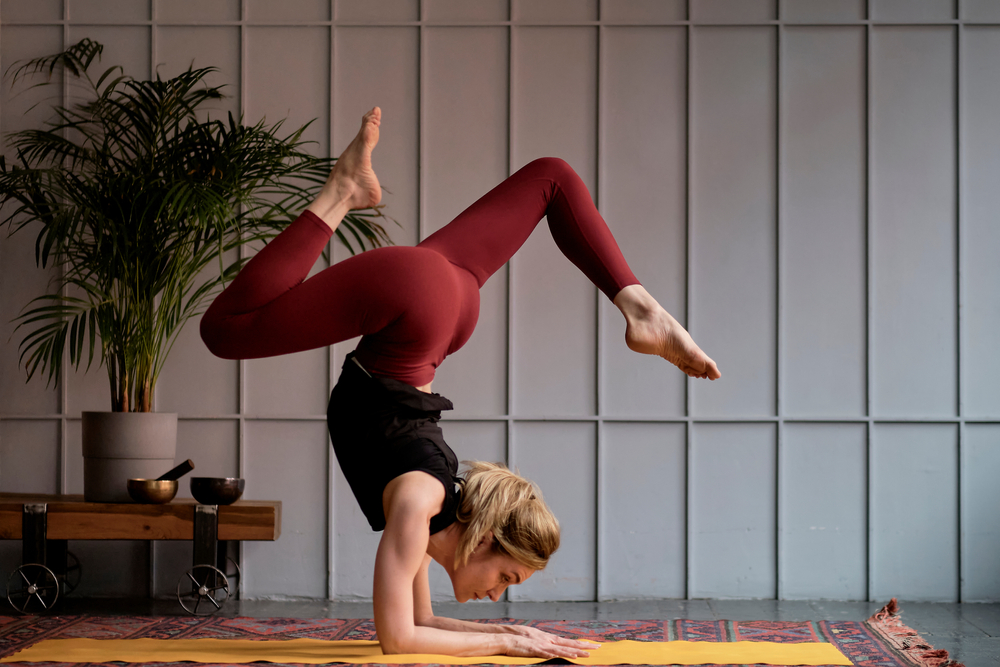
Vinyasa is much more than the optional vinyasa flow (Plank, Chaturanga, Upward-Facing Dog, Downward-Facing Dog) offered in your modern day classes. It’s the art of sequencing the poses in a way that effortlessly flows into each other while matching your breath.
Vinyasa also focuses on the 3rd limb, Asana and the 4th limb, Pranayama.
The word “Vinyasa” is Sanskrit, which translates to “to place in a special way”, referring to the sequences of poses. This means we are conscious of our movement and not just “throwing our bodies around”.
This type of yoga helps create a more balanced body.
The philosophy of Vinyasa is to recognize the temporary nature of things. You enter a posture, stay for a while and leave. It refers to a series of steps to make something sacred.
The early Tantras define Vinyasa as a “sequence of consequences’ or how life unfolds from… the creative pulse of life”. It defines our external movements as expressions of how we think and feel.
History
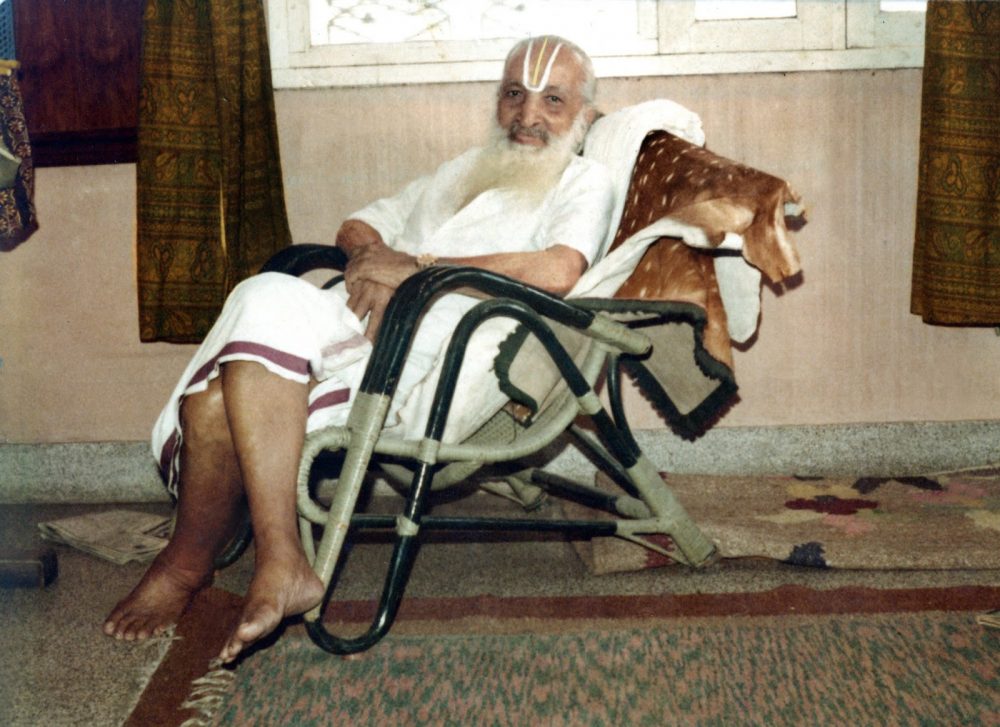
While there isn’t a clear lineage of Vinyasa, it was born out of the tradition of Ashtanga Vinyasa Yoga. This tradition is based on the teachings of Sri. T Krishnamacharya.
Vinyasa Yoga was learned by Sri. T Krishnamacharya, known as the father of modern yoga, from Sri. Ramamohan Brahmachari. Brahmachari was one of the few remaining teachers of Hatha Yoga at that time.
Krishnamacharya stayed in a cave in Mount Kailash, Himalayas for 7 years studying the art and science of yoga. Once he returned, he was hired by Krishnaraja Wodeyar III to teach yoga to not only the sepoy boys but the Mysore royalty as well. This is the origin of modern Vinyasa.
Krishnamacharya developed a routine to train the sepoys to keep them out of trouble. He also taught a more gentle practice to the royals.
He wanted to deepen concentration and body consciousness throughout all of your practice. Instead of focusing on getting into the pose, the aim is to stay consistent throughout all movements.
Class Structure
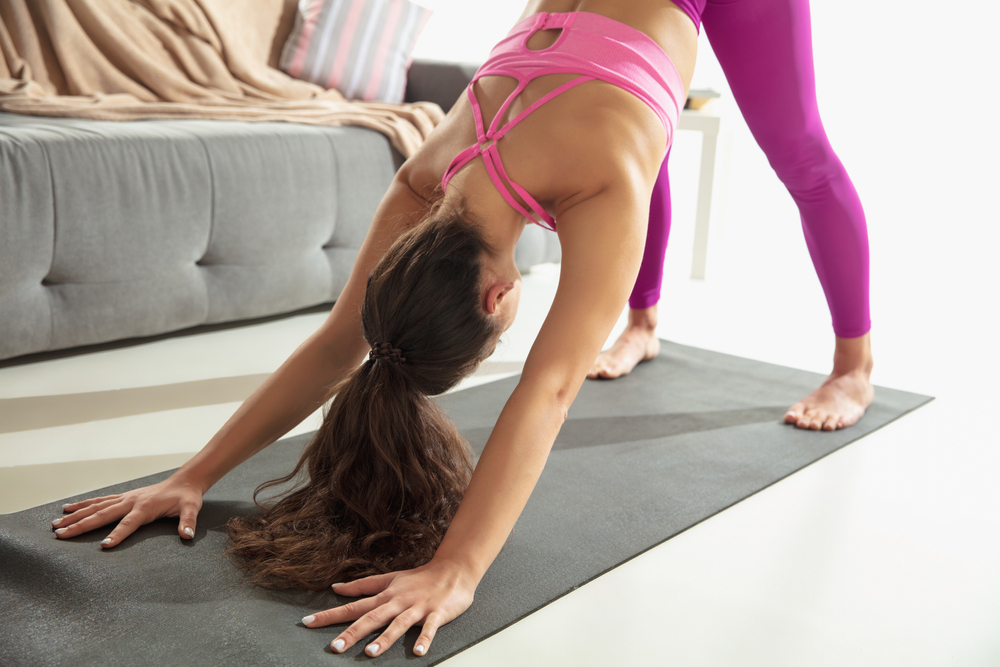
Vinyasa classes are known for their fluidity between poses and linking your breath to your movement. Often, the teacher will play lively music. The most exciting part of Vinyasa yoga is that no two classes are alike! This not only prevents repetitive motion injuries but prevents boredom and will keep you mentally engaged.
These classes are set up similar to Hatha with a warm up/pranayama, progress up to some of the more advanced poses and a cool down, typically a self-reflection in Savasana.
What sets this particular style apart is that it connects your breath with every movement and every action, moving towards what is sacred and most important to us. This means for every breath you take, you change your posture. This be either a change on every inhale and exhale or hold each pose for a full round of breath.
Many Vinyasa classes follow the basic structure of the Ashtanga Primary Series. They can start with Sun Salutations, these are usually variations of Surya Namaskara A and B but then veer off into their own creative sequences. Many also follow the standing and finishing sequences of the Ashtanga Primary Series as well.
The purpose of this practice is to build heat, upper body strength and stretch the legs while resetting the spine back to neutral. This is especially important to reset in between poses.
Another purpose is to internally cleanse. By matching your breath with your movement, your internal temperature will rise.
Benefits
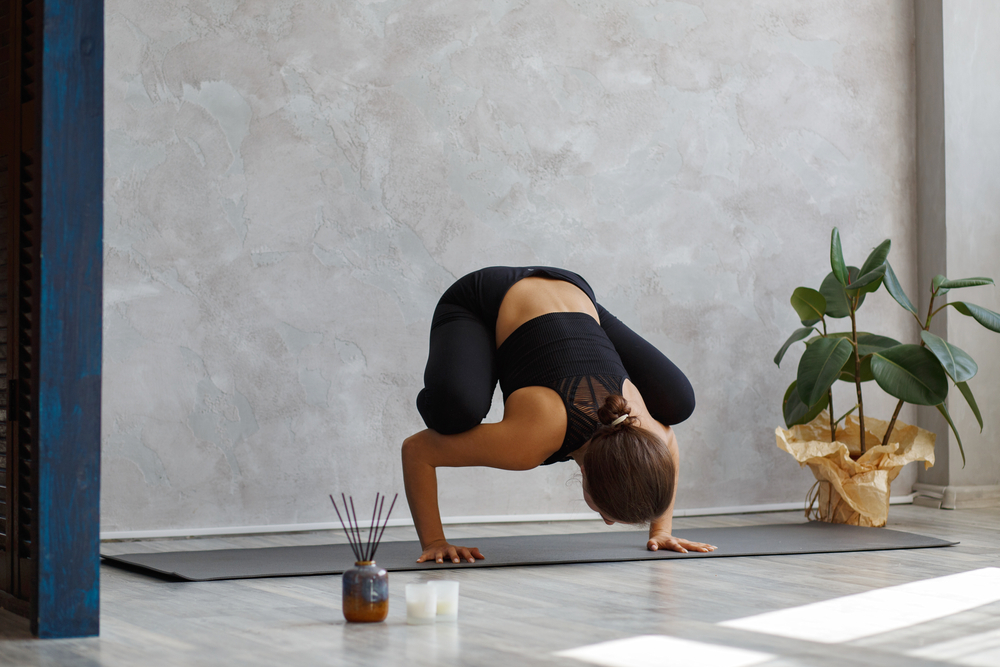
Like Hatha, the benefits for practicing Vinyasa Yoga are numerous, both physically and mentally.
This cardio-like based practice makes you strong and stable while improving your flexibility and proper breathing. It can detoxify your body.
It helps your mental health that ultimately relaxes your body. It calms your mind while relieving stress and anxiety. This practice can give you a better night’s sleep and greater emotional stability.
It can also increase your energy levels!
Comparison

Hatha is an umbrella term encompassing many different types of yoga, Vinyasa included. That being said, both practices share many of the same poses, your Limb 3, Asanas. They both also focus on conscious breath control, which is Limb 4, Pranayama.
The most notable difference between these 2 types of yoga is pacing. It’s very Yin and Yang, if you will.
Vinyasa is the Yang. The practice is faster paced, more of a cardiovascular workout. It’s dynamic and fluid, flowing easily from pose to pose, often quickly. Typically you move one breath, one movement. This means for every breath you take, you move into a new pose.
Hatha is the Yin in this analogy. It’s done more slowly, holding the poses for longer allowing for deeper stretches. Each pose can be held for multiple deep breathes as the teacher gives you detailed alignment cues. Holding each pose longer gives your body more time to become acquainted with the posture.
Don’t let the slower pace fool you, it’s still a great workout!
Vinyasa has 3 Hatha poses that are used to connect most other poses. These are Plank, Cobra and Down Dog. In a Vinyasa class, you will repeat poses and build a foundation from the regular moves such as Sun Salutations and Chatarangas.
Take your pick!
As you can see, both of these types of yoga are very similar. Hatha is the umbrella term for movement connecting breath. It’s a slower practice, holding poses for longer with more anatomical cues.
Vinyasa falls under the same said umbrella. It’s a faster paced class, changing poses with each breath. This could be your inhales and exhales or full rounds of breath.
They are both very beautiful practices that share some of the same poses and focus on breath, Limbs 3 and 4 of Patanjali’s Yoga Sutras.
On the other hand, the major difference between the 2 is pacing.
If you’re looking for a faster paced cardio workout, Vinyasa might be just for you! If you are craving a slower, more stretch focused class, try Hatha! Add both to your routine for a well rounded practice.
Regardless of which you choose, each class under each type of yoga can vary wildly from teacher to teacher.
Get out there and explore! Find a teacher that speaks to your personal style and goals.
What's Your Reaction?
Former nutrition specialist Alexandra Mackenzie knows what it means to support the body and mind through food. She’s passionate about sharing her wealth of knowledge with anyone willing to listen.






